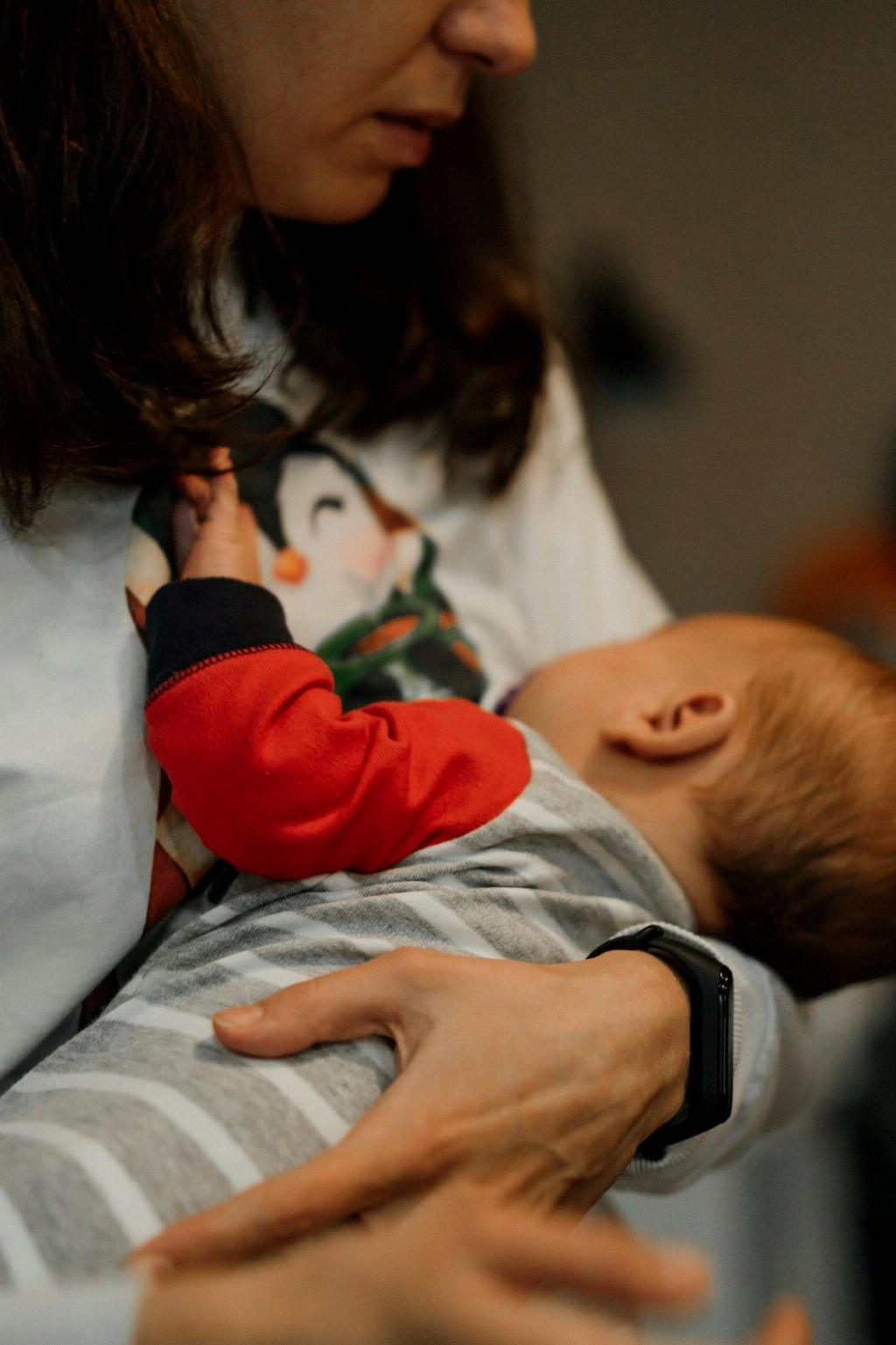When it comes to the question of whether breast milk should go through X-ray machines at the airport, it’s essential to consider the facts surrounding the issue. One crucial point to keep in mind is that TSA screening procedures do not involve placing breast milk or any other medically necessary liquids into X-ray machines. This is an important measure in ensuring the safety and integrity of essential liquids such as breast milk.
It’s worth noting that TSA X-ray machines are designed in a way that they do not have adverse effects on food items or medicines. This is reassuring for parents who may be concerned about the potential impact of X-ray screening on breast milk. The technology used in these machines is specifically calibrated to ensure that it does not compromise the quality or safety of consumables that pass through them.
However, despite the safety measures in place, some individuals may still prefer not to have their breast milk, formula, or other baby/toddler food items X-rayed during security screening. In such cases, it’s perfectly acceptable to inform the TSA officer of your preference. TSA officers are trained to handle such requests with sensitivity and will accommodate your needs to the best of their ability.
Parents may have legitimate concerns about the impact of X-ray radiation on breast milk, given its importance for infant nutrition and development. While the doses of radiation used in airport X-ray machines are minimal and deemed safe for consumables, it is understandable that some parents may err on the side of caution when it comes to their children’s health.
Ultimately, the decision of whether breast milk should go through X-ray screening is a personal one that each parent must make based on their individual preferences and comfort levels. It is essential to weigh the potential risks and benefits in the context of airport security protocols and the need to ensure the safety of all passengers and their belongings.
For parents who are uncertain about X-ray screening and its effects on breast milk, it may be helpful to explore alternative screening options available at the airport. Some airports offer the option of physical inspection or alternative screening methods for liquids such as breast milk, providing an additional layer of choice for parents concerned about X-ray exposure.
Communication with TSA officers is key in ensuring that your concerns and preferences regarding breast milk screening are understood and respected. By expressing your needs clearly and respectfully, you can work together with security personnel to find a solution that aligns with your comfort level while complying with necessary security procedures.
It’s important to remember that TSA officers are there to prioritize safety and security for all passengers, including families traveling with infants and young children. By working collaboratively with security personnel and being open about your needs, you can navigate the screening process smoothly while ensuring the well-being of your child and the integrity of essential liquids like breast milk.
Ultimately, the decision of whether to have breast milk go through X-ray screening is a personal one that is influenced by various factors, including individual beliefs, health considerations, and comfort levels. It’s essential for parents to feel empowered to make choices that align with their values and priorities while understanding the security protocols in place to safeguard all passengers.
In conclusion, while TSA X-ray machines are designed to ensure the safety of consumables like breast milk during security screening, parents have the right to express their preferences and concerns regarding the handling of these essential liquids. By communicating openly with TSA officers and exploring alternative screening options, parents can make informed decisions that prioritize the well-being of their child while complying with necessary security measures.

